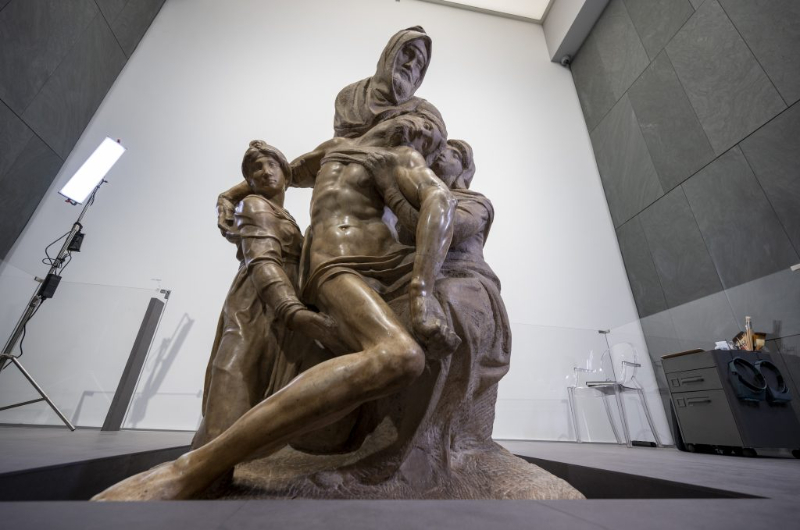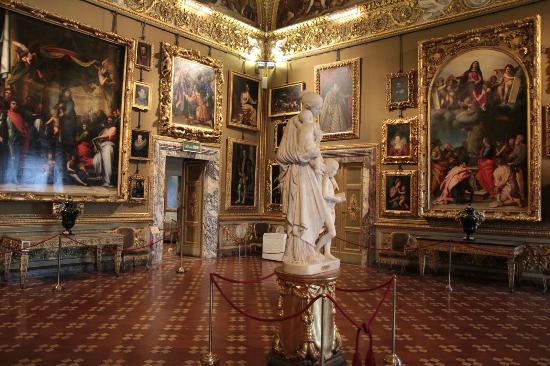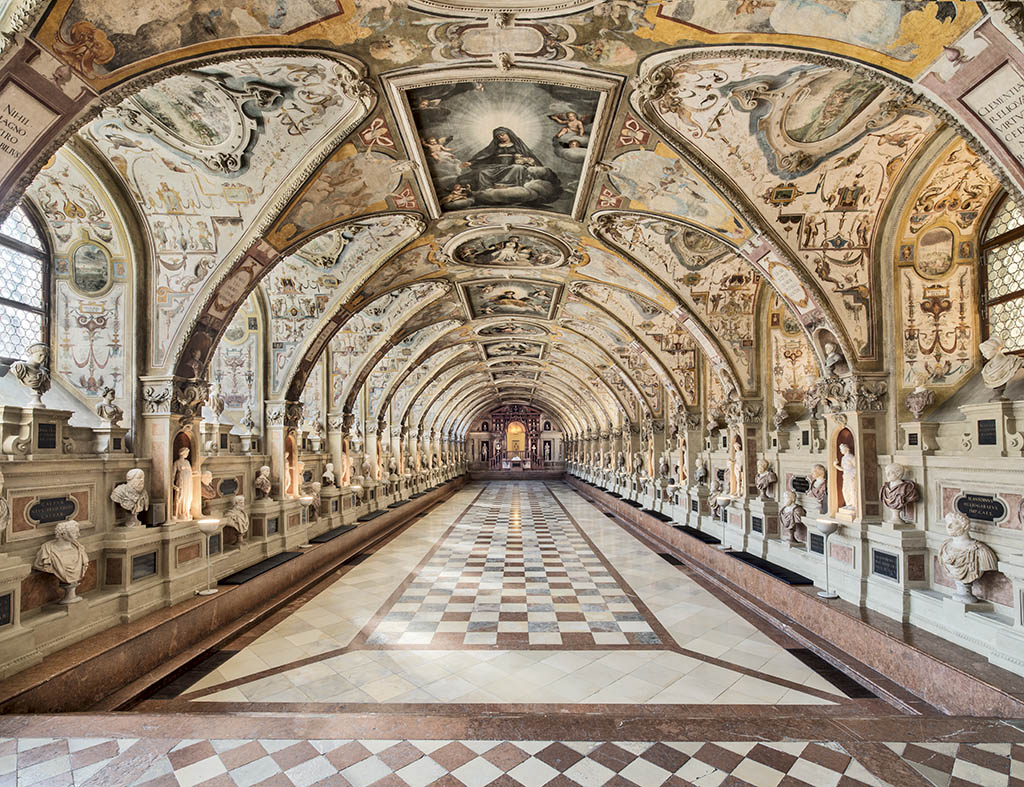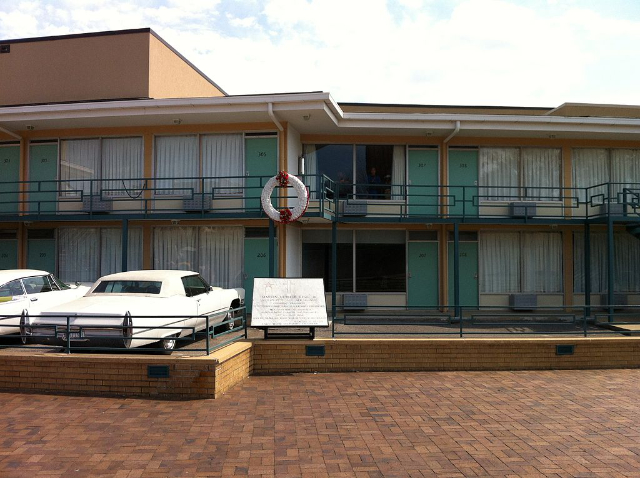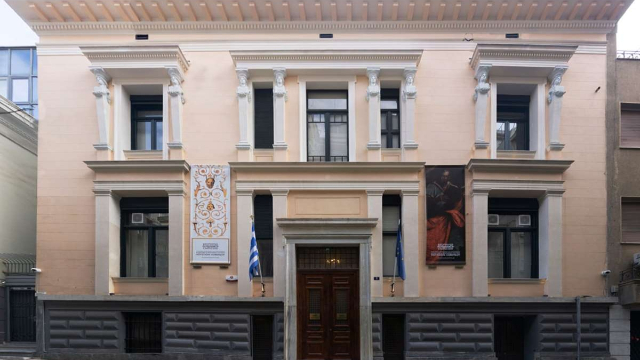The sculptural group in marble represents the Pietà and it is one of the last works of Michelangelo Buonarroti, who realized it between 1547 and 1555 approximately, leaving it interrupted. The plaque with the inscription, made by Florentine workers, remembers the transfer of the work from the Basilica of San Lorenzo in Duomo.
Designed by Michelangelo as a monument for his own burial, the work belonged for some time to the Bandini family, in Rome, until it was purchased by Grand Duke Cosimo III de’ Medici in 1671. At first placed in San Lorenzo, in 1722 it was moved to the Duomo, on the back of the high altar, and then in 1933 it was placed in the chapel of Sant’Andrea. Since 1981 it has been in the Museo dell’Opera. The Pietà depicts the dead body of Jesus supported by Nicodemus, one of the men who laid the Lord on the cross, and lying in the arms of his mother Mary, while another woman, Mary Magdalene, assists. In the face of the old man, whom Christian tradition believed to be a sculptor, Michelangelo, now in his seventies, has depicted his own self-portrait, as if to identify himself with Nicodemus, in his loving care of Jesus’ body. The theme of death, burial, and the Christian hope of resurrection, is here combined with a Catholic reflection on the Eucharist: having to be placed on an altar, the Pietà reiterated the concept that the particle the faithful receive during Mass is really the body of Jesus, crucified, buried and resurrected.
